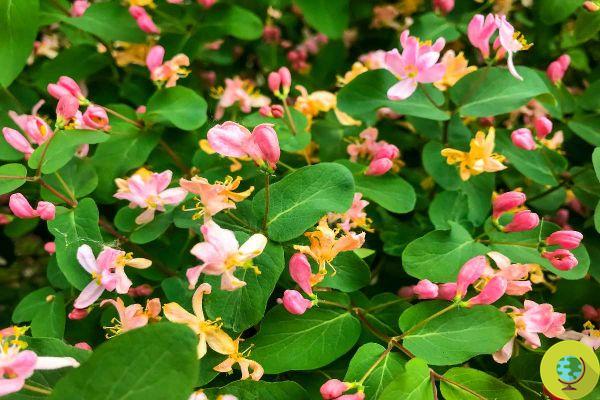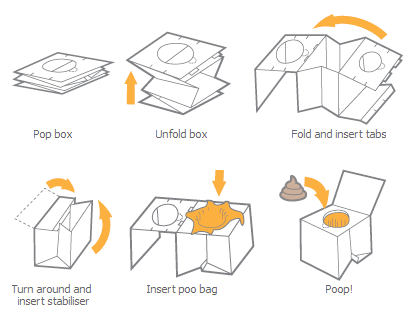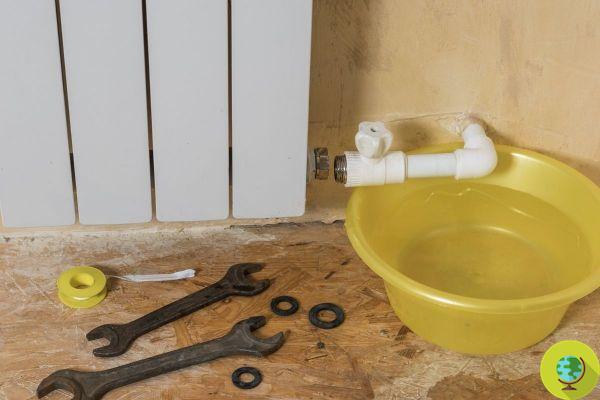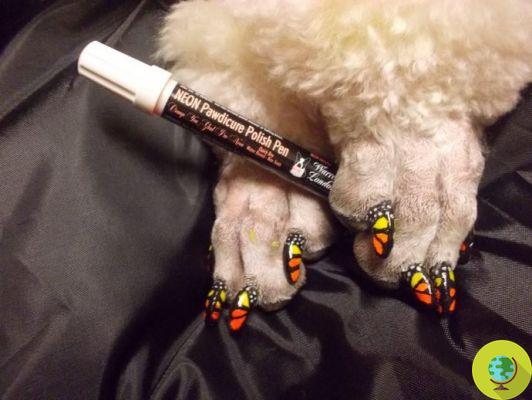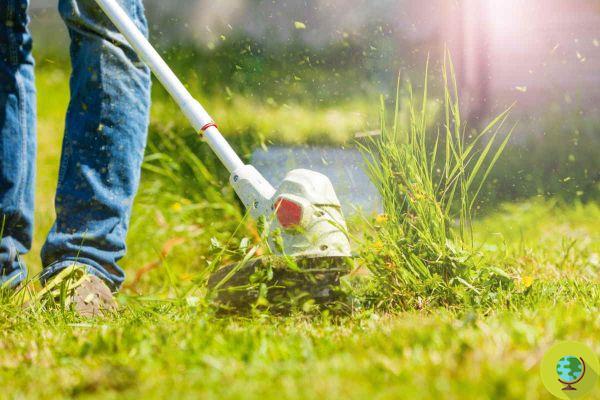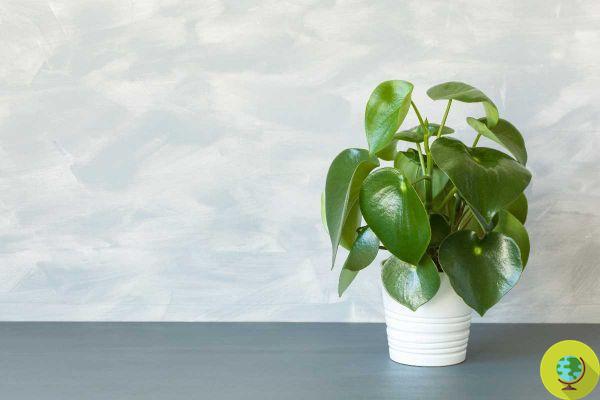
Peperomia is a very hardy houseplant with succulent leaves. Here's how to grow it for strong, lush growth.
He is about to end up run over, his mother saves himPeperomia is a very hardy houseplant with succulent leaves. Here's how to grow it for strong, lush growth.
La Peperomia is a tropical plant native to Mexico, South America and the West Indies. With over 1.000 known species, it boasts thick, fleshy leaves that can withstand drought for a long time. If you haven't had much luck with flowering houseplants, you will appreciate peperomia because it is much easier to care for.
What characterizes it are its leaves, which can be structured or smooth, red, green, with gray or purple shades. The thing that all peperomia plants have in common is their slow growth, and that they can be planted all year round as they require little maintenance. (Read also: 10 rules to make plants live at home)
Index
Variety of Peperomia
There are hundreds of different varieties of peperomia plants, many of which are exceptional houseplants. Some of the more popular varieties include:
- Peperomia verticillata ‘Belly Button’: it is a captivating vine with a compact shape and tiny leaves, which is somewhat reminiscent of the plant of the baby's tears.
- Peperomia metallica Colombian variety: a dazzling, tricolor plant with bronze, silver and red foliage.
- Peperomia nitida (cupid peperomia): an ideal vine for hanging baskets, complete with cream-colored, heart-shaped leaves.
- Peperomia perciliata: a climbing variety that has a narrow habit and produces oval-shaped leaves and red stems.
- Peperomia caperata 'Suzanne': a unique plant, with deeply crinkled foliage and silver accents. (Read also: How and why to spray indoor and outdoor plants)
Caring for peperomia plants
The peperomia plant is a smart choice for houseplant enthusiasts and most importantly, beginners.
Not only are they indulgent and very strong plants, but also aesthetically beautiful as the spectacular variety of colors and textures available really satisfy everyone's tastes.
If you've decided to plant peperomia, here's how to proceed:
- Plant peperomia in a pot with large drainage holes, using an orchid mixture,
- Put the plant in a bright environment,
- Peperomia plants require little attention, water them only when the soil is dry enough.
Luce
Peperomia plants need one medium to bright light, to maintain the vibrant colors of the foliage. Morning light and filtered light are fine, as are 12 to 16 hours of artificial light. In case of insufficient light, you will see slow growth and fall of leaves. THE Direct sun rays should be avoided, as they can burn it.
Soil
Many species of peperomia plants grow as epiphytes in nature by settling in the corner of a tree. To grow peperomia best choose a blend of soil with acid pH. a soil for orchids it usually works, but regular potting soil is fine too - you can always lighten it with a handful of peat moss or vermiculite.
Acqua
Le succulent leaves some peperomia plants indicate that this species it does not need frequent watering to stay healthy. Let the surface of the soil dry between waterings, and keep the peperomia dry so you don't have problems with root rot and fungus.
Temperature and humidity
Plants of peperomia are hardy; being tropical plants, however, they prefer a warm and humid environment, especially in the summer months, when their growth is more active.
In summer, therefore, we advise you to place the peperomia on a tray of pebbles and water, to increase the ambient humidity, or invest in a small humidifier to be placed nearby.
Fertilizer
When it comes to fertilize your peperomia plants, use little fertilizer.
Discolored or falling leaves are usually a sign of inadequate light or over watering, not poor nutrition. Being a slow growing epiphyte, peperomia can live its entire life without fertilizer, getting what it needs from its planting grounds. (Read also: Plant diseases and pests: how to recognize them. Symptoms and remedies)
Potting and repotting
Peperomia plants can live for years in a relatively small container because they have a very slow growth rate. Consequently, you can leave it in the small pot unless you see the roots sticking out of the drainage holes; in this case, it is necessary to repot in a slightly larger container with an acid mix or orchid bark.
Propagation of peperomia plants
Due to their dense and succulent nature, peperomia plants are easy to grow propagate by cuttings.
Here's how:
- Remove a one-inch-long stemmed leaf from the mother plant in spring when growth is most active.
- Place the cutting in a small container filled with potting soil, cutting downward.
- Cover with plastic wrap or a cloche to create a mini-greenhouse and help retain moisture.
- Water constantly and never let the soil dry out.
You should notice that the roots form within a few weeks; the cutting can be transplanted into a larger container once it becomes too large for the original one. (Read also: Easy to grow succulent plants: the suggestive heart-shaped “living stone”)
Common pests and diseases
Peperomia plants are subject to the same parasites common which can affect most houseplants: mealybugs, mites e white flies.
Il insecticidal soap is the best non-toxic treatment for these parasites. Additionally, leaf spots may occur and plants are susceptible to rot if the soil is consistently too wet.
- Follow your Telegram|Instagram |Facebook |TikTok |Youtube
On houseplants could it be interesting for you:
- Easy to grow houseplants: philodendron or Monstera deliciosa
- Keeping a plant indoors improves the quality of the air (and our skin), the new confirmation
- How to turn your black thumb into a green thumb with these three tips




